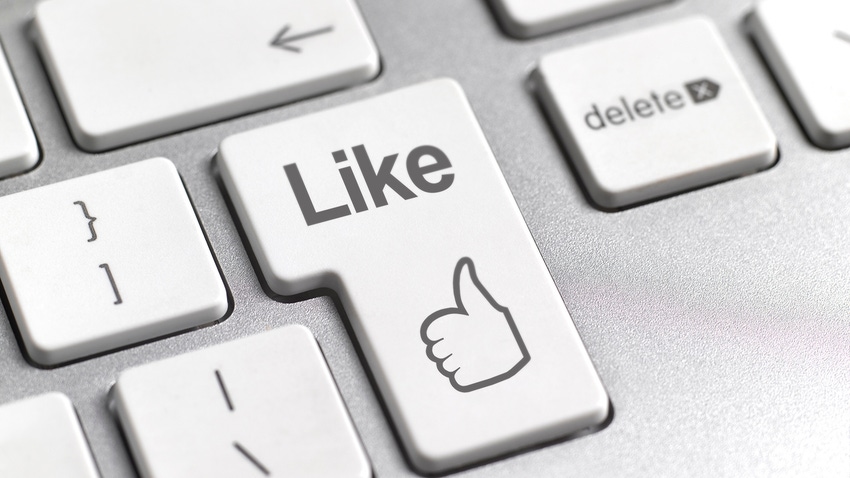PVC Safe and Effective in Medical Devices and Packaging, Study Claims
A new report by the European Chemicals Agency confirms the safe production of PVC in Europe and recognizes its importance in medical device and packaging applications.
February 26, 2024

At a Glance
- Report concludes there is no data supporting better alternatives to PVC from a life-cycle perspective
- Significant advances made by European PVC industry to achieve sustainability goals
- PVCMed Alliance applauds nuanced approach to PVC’s role in healthcare from a high-level European authority
A new report claiming that the use of PVC in medical devices and packaging does not pose a significant healthcare risk to those who manufacture the products or to the global environment is garnering industry recognition.
Conducted by the European Chemicals Agency (ECHA), the report confirms the safe production of PVC in Europe and concludes there is no data supporting better alternatives to PVC from a life-cycle perspective. The report also acknowledges the significance of utilizing PVC in medical devices and packaging.
PVCMed Alliance calls report “heartening”
The findings are being touted by the European Council of Vinyl Manufacturers’ (ECVM) PVCMed Alliance, a platform that seeks to raise awareness about the use of PVC in healthcare. In a statement released this week, the PVCMed Alliance shared support of the investigative analysis, which covers the use of PVC and PVC additives as well as a comprehensive analysis of PVC's role in medical devices and packaging, among other topics. The report also confirms that the production of PVC in Europe adheres to the highest safety standards and highlights significant advances in the European PVC industry.
"It is heartening to see ECHA's findings align with our understanding of how PVC is produced today," said Ole Grøndahl Hansen, project leader at PVCMed Alliance. "We are also happy about the nuanced approach to PVC’s role in healthcare from a high-level European authority. We hope the report will contribute to more evidence-based procurement decisions among European hospitals and [boost] consideration of PVC’s potential carbon savings through recycling."
Other points of emphasis within the ECHA report include:
No single alternative material has been identified as a replacement for PVC in all its medical applications, which underscores the polymer’s irreplaceable role in healthcare, according to the PVCMed Alliance.
There is no life-cycle assessment (LCA) data to substantiate the claim that alternatives are environmentally preferable to PVC.
Advances made in developing new plasticizers address health concerns related to low-molecular-weight phthalates, such as di(2- ethylhexyl) phthalate (DEHP).
PVC's versatility and cost/performance ratio in medical packaging, particularly in blister packs, are unrivalled.
The formation of dioxins is not directly linked to the amount of chlorine present in waste. Instead, dioxin production is mainly influenced by the management of the incineration process. Current European waste incineration capacity is adequate to safely process waste containing up to 2% PVC.
Significant advances in the European PVC industry have been made through the VinylPlus Commitment to sustainable development. Through VinylPlus, the industry has voluntarily enforced its own continuously updated charters, which supersede regulatory requirements.
A missing link
Despite the impartial evidence of safe PVC production in Europe and PVC’s crucial role in healthcare, the PVCMed Alliance notes that the report omits PVC's increasing role in the circular healthcare economy. Ongoing research commissioned by PVCMed Alliance is investigating how many times medical PVC can be recycled without loss of functional properties. Thus far, four cycles have been successfully completed, according to PVCMed Alliance officials.
About the Author(s)
You May Also Like

.png?width=300&auto=webp&quality=80&disable=upscale)
